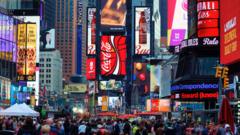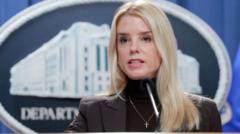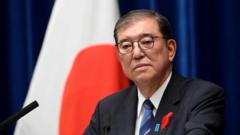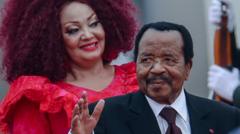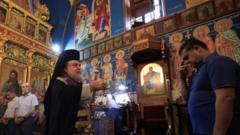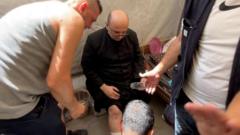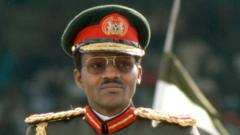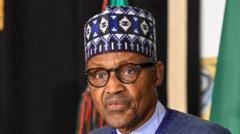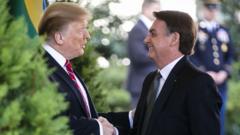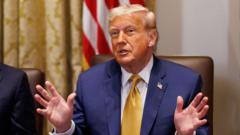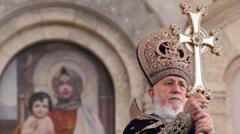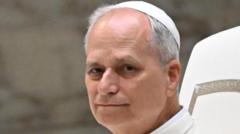**The conclave to select the next leader for 1.4 billion Catholics is set against a backdrop of deep division over church doctrine, priorities, and the legacy of Francis, creating a potentially transformative moment for the future of the Catholic Church.**
**Conclave Commences: A Pivotal Moment for the Future of the Catholic Church**

**Conclave Commences: A Pivotal Moment for the Future of the Catholic Church**
**In a historic gathering, voting cardinals meet to elect a new pope following the death of Pope Francis, marking a moment of uncertainty and spirited debate within the Church.**
Roman Catholic cardinals are poised to begin a significant conclave on Wednesday in the Sistine Chapel, as they prepare to vote on the next pope, following the death of Pope Francis two weeks prior. The gathering is historic, featuring 133 voting cardinals, the largest number ever, who will engage in secret ballots as they navigate the complex landscape of the Church’s future.
This conclave is the first in over a decade and is held during a time of unprecedented challenges for the Church, including issues surrounding inclusion, financial difficulties, and ongoing scandals regarding sexual abuse. The cardinals celebrated Mass earlier at St. Peter’s Basilica, invoking the Holy Spirit for guidance before entering seclusion to commence voting.
Many of those attending this conclave have only recently met, complicating the dynamics as new faces introduce varying priorities and political agendas into the mix. The cardinal electorate is expected to face a crucial decision: whether to continue in the progressive spirit of Pope Francis, known for his inclusive and compassionate approach, or take a different path reflective of more conservative traditions.
The conclave's processes are steeped in tradition—cardinals will cast ballots twice daily until a two-thirds majority is reached. Each ballot is followed by a ceremonial burning of the votes, creating a smoke signal visible to onlookers—a plume of white signaling the election of a new pope, while black smoke indicates no consensus was reached.
As the voting begins, speculation abounds regarding potential successors. Leading contenders include Cardinal Pietro Parolin, the Vatican's secretary of state, and Cardinal Luis Antonio Tagle from the Philippines, both of whom represent different ideological factions within the Church. With the stakes so high, the outcome of this conclave may not only shape the immediate direction of the Catholic Church but also define its relationship with the broader world.
While the agenda of the next pope remains uncertain, the implications of their leadership will resonate deeply within the Church's congregations, reflecting the broader societal challenges faced by its followers. The conclave's results are highly anticipated, with the eyes of millions fixed upon the chimney of the Sistine Chapel as a sign of hope for the future.

